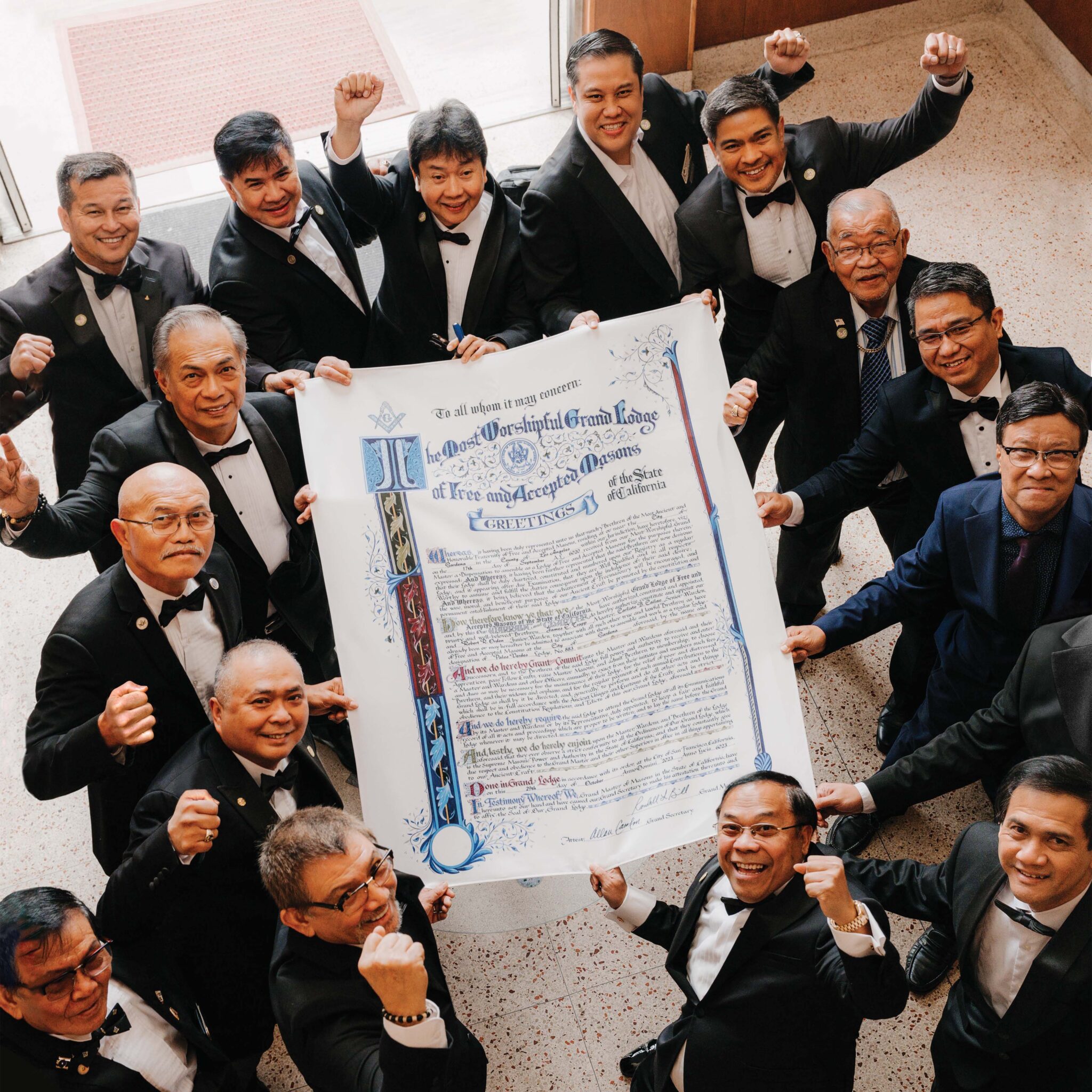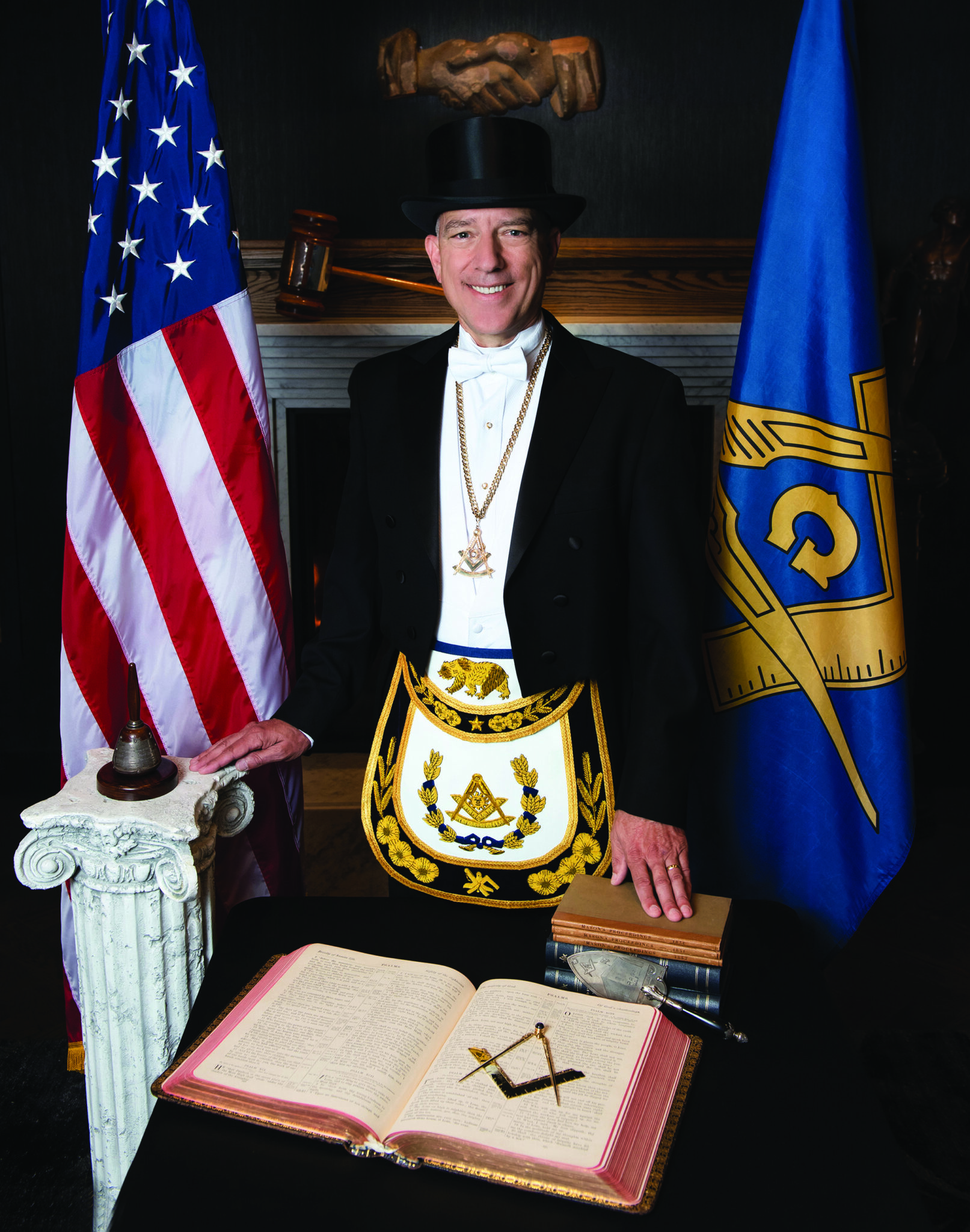
Meet the Builders of California’s Newest Masonic Lodges
A spate of new Masonic lodges have gone up across the state in recent years. What they are building is reshaping the landscape of California Masonry.
The Masonic fraternity of the early 20th century was an influential institution in California. It was also one that was influenced—deeply—by the world around it. Nowhere are the dynamics of that relationship more evident than in the thousands of letters, contracts, documents, and correspondence between the fraternity’s leadership and local governments, school boards, and other civic groups which have been recently organized by the Grand Lodge of California.
This year Joseph Evans, the Grand Lodge collections manager and head of the Henry Wilson Coil Museum and Library of Freemasonry, has overseen a significant effort to collect and organize the archives of California grand masters, grand secretaries, and Grand Lodge committees dating back to the early 1900s. (Most records prior to then were destroyed in the 1906 San Francisco earthquake and fire.) The vast majority of these records were entirely unaccounted for previously, hidden within unmarked file cabinets. For more than a year, Evans immersed himself in the documents to categorize them by date, subject, or author. The result is that now, for the first time, researchers will have access to the thoughts and words of the fraternity’s past leaders at a time of Masonry’s unprecedented growth.
Previously, Evans says, the Grand Lodge archive tended to focus on Masonic objects like aprons, jewels, books, and so forth. These paper records, on the other hand, “tell us a lot more about not only what the Grand Lodge does, but where it sits in society and how it interacts with everyone else.”
It will be up to researchers of the future to connect those dots. Evans points to correspondence from Earl Warren of Sequoia № 349 (now Pleasanton № 321)—the grand master of California in 1935–36 who went on to become state governor, and later a Supreme Court justice—that may help illuminate the development of his political mind. There’s also important cultural context to Grand Master Charles Adams’s introduction of Public Schools Week in 1921 and Grand Master Oscar Lawler’s handling of the aftermath of the 1906 earthquake. Says Evans, “I think this is really the jewel in the crown. This is the real stuff. It’s unique material that only we have and that tells the story of the Grand Lodge in a deep and meaningful way.”
Photography by:
Alamy

A spate of new Masonic lodges have gone up across the state in recent years. What they are building is reshaping the landscape of California Masonry.

Grand Master Sean Metroka explains why building new lodges is the key to the future of the fraternity.

In Livermore, one East Bay Masonic lodge helps a local school develop a chill zone for those with mental or behavioral needs.